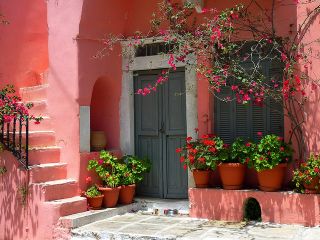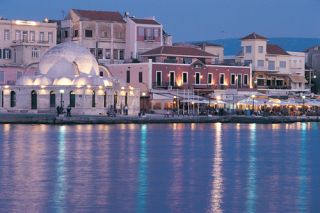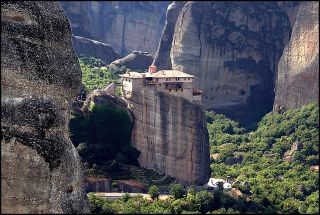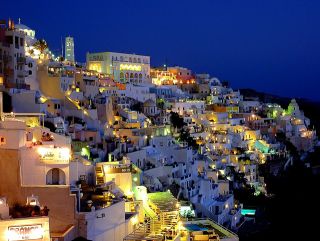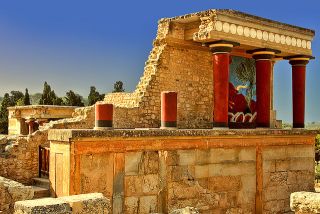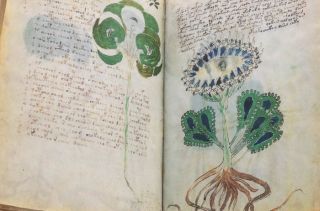
An illustrated codex hand-written in an unknown writing system.
Arguably the most mysterious manuscript that has ever been discovered, the Voynich Manuscript is an astonishing artifact whose origins and language are completely unknown. The manuscript is full of plant life, strange symbols, and diagrams, and it is written in a mysterious language that can’t be traced back to any known civilization.
Wilfrid Voynich was an antiquarian book dealer who traveled the world searching for new additions to his collection. In 1912, he visited the Jesuit Villa Mondragone in Frascati, near Rome, where in a trunk he unearthed a strange medieval manuscript. The heavy tome was handwritten in an unknown script, and lavishly illustrated with colorful drawings of plants, astrological diagrams, and nude women. For the past 100 years, numerous people have attempted to decode the writing system in the Voynich Manuscript, which been called the world's most mysterious book, and the book that can’t be read.
The Voynich Manuscript is the subject of much speculation and disagreement and there are numerous theories about its possible author, or authors. Voynich discovered a letter enclosed with the book that revealed it had once been in the possession of Rudolph II, the Holy Roman Emperor. The letter speculated that Franciscan Friar Roger Bacon (1214-1294) wrote the book. The manuscript now bears Voynich’s name, but he became so convinced by this theory that he referred to it as the Roger Bacon Manuscript. A juvenile Leonardo da Vinci has been posited as the artist because the illustrations are similar to his style, but have a child-like quality to them. Sixteenth century mystics John Dee and Edward Kelley, who transcribed the famous angelic Enochian script, have also been credited as authors. Disproving all of this conjecture, recent radiocarbon tests date the vellum to the fifteenth century, specifically between the years 1404-1438.
We still don’t know the book’s purpose although the illustrations hold some clues. They suggest that the book is divided into sections about astrology, cosmology, biology, pharmacology, herbs, and recipes. These topics give the impression that the Voynich Manuscript is a book about botany, folk medicine, or an encyclopedia of medieval science, although some believe it holds secrets of magic and alchemy. The book contains 240 pages, including fold-out multi-part pages, with a drawing on nearly every one of them. The accompanying text was written from left to right by a quill pen using iron gall ink. The author(s) had very careful penmanship, as there are no errors at all, and nor is there any punctuation. While some 35,000 words, 170,000 characters, and 18-22 letters of Voynichese have been identified, we can’t read the book. Yet.
Διαβάστε επίσης
- The Antikythera mechanism
- The Underwater City of Yonaguni
- The giant stone spheres of Costa Rica
- The unfinished obelisk
Σχόλια
Δεν σας επιτρέπεται η υποβολή σχολίων. Παρακαλούμε συνδεθείτε.
Μενού
Εικονοθήκη
Κατηγορίες
Ποιός είναι online
Έχουμε online 8 επισκέπτες και 0 μέλη.


